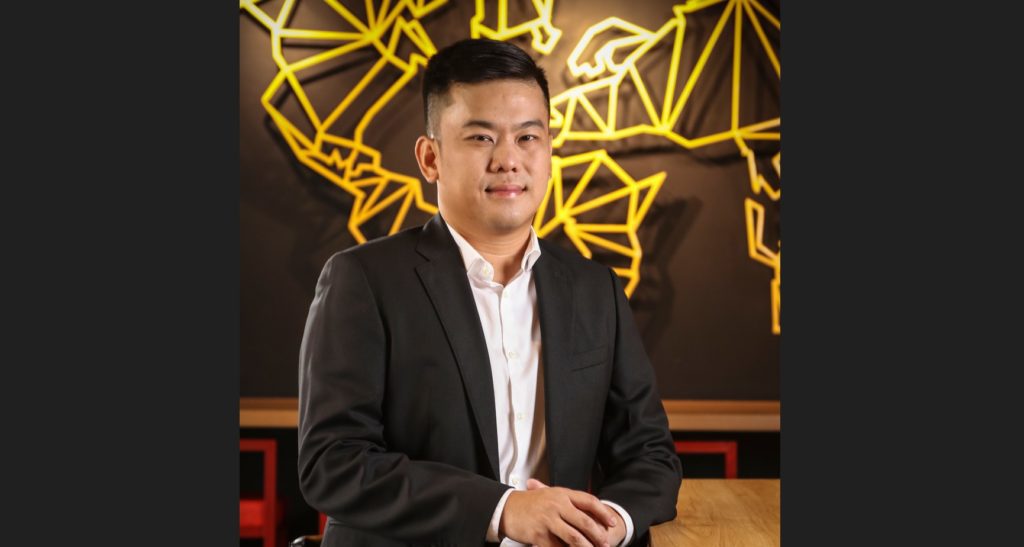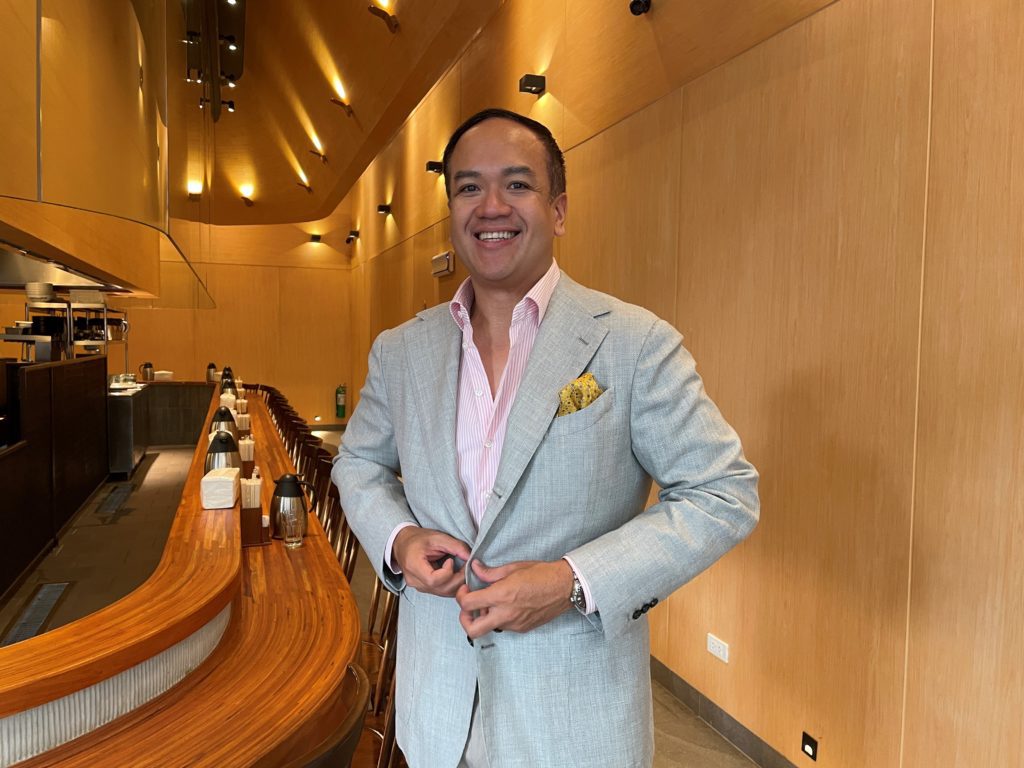
Esports is a competitive gaming industry where gamers play in organized, multiplayer matches. It is a relatively new industry. In this interview, Ronald Robinson Robins, Founder and CEO of esports pioneer Mineski Global, the largest esports organization in Southeast Asia, shares with us the latest about the esports industry.
Q1: How big is esports? What was the tipping point that triggered the growth of the industry?
A1: With over 45 million active gamers in the Philippines, esports is growing in popularity because of the increasing availability of smartphones and mobile internet.
The growth of the local industry peaked in 2019 which is largely attributed to when Mobile Legends, one of the country’s most popular Multiplayer Online Battle Arena (MOBA) games, saw its popularity rise in the Philippines, the second-largest market for Mobile Legends. That year was also the first year that esports was treated as a medal sport in the 2019 SEA Games held here in Manila. The same holds true globally as 2019 recorded the highest prize money distributed through esports competitions at over $240M largely due to the highest quantity of international competition in both PC and mobile game titles.
A report from GSMA Intelligence revealed that mobile connections in the country are now equivalent to 140% of the total population.
The pandemic accelerated the widespread acceptance of esports. 2021 saw the industry bounce back with global esports prize distribution rebounding to about $213M. Most notably, esports tournaments served as both entertainment and competitive sports when physical sports were put on hold. Today, we have some of the largest corporations in the Philippines building their own franchise teams or sponsoring promising teams and esports athletes. Game streaming has also grown since 2019 to become one of the most popular and viable forms of entertainment to a large demographic.
We at Mineski Global wanted to take advantage of this growth, so we decided to launch mgames, a casual gaming platform, on Gcash and the social media app LYKA in 2021, and then in 2022 we announced Rakuten Viber as our newest partner. Through the play-to-earn feature, users can host friendly competitions with their friends and win rewards from playing in mgames. Both platforms benefited from a new revenue stream while also seeing an increase in user engagement and retention.
Q2: How is esports changing the gaming industry?
A2: I would say that esports is changing the gaming industry for the better by giving rise to innovations and bringing gaming into the mainstream. It is slowly becoming a billion-dollar industry, now that more people and brands are investing in gaming and esports marketing because they see the potential of tapping into a large, engaged youth market.
One of the most significant changes is that people are now playing games to make a living—from esports athletes, streamers, and influencers to game developers, artists, and sports analysts. Esports has become a viable career option by giving gamers a lucrative way to earn money while playing video games competitively.
Esports has also changed the way games are designed. Growing up, video games were solitary in nature that extended as far as a living room experience at best. Today, AAA game titles almost always have some form of online/ social functionality and we also have games such as VALORANT and Mobile Legends that are meant to be played with 10 people as a competitive experience. Game publishers and esports organizers then come in to build the infrastructure that can give promising players reasons to aspire for more.
With the growth of esports, we at Mineski Global have helped brands define new forms of engagement while broadening the horizons of professional players and gamers in the Philippines and around Southeast Asia. Our team focuses on creating immersive experiences through content, engagement, and technology. We now cover event and tournament organization, social gaming, professional team management, and ad-tech and advertising solutions, including gamification.
Q3: What are key business challenges that have emerged in esports?
A3: One emerging challenge I’ve seen in the esports industry is that the support structure for Filipino esports athletes needs improvement. For instance, many of our Filipino athletes still find it difficult to travel overseas for tournaments due to visa issues. Getting sponsors or stipends for teams is also not at the level that incentivizes teams to build for international success, as a result Filipino players rely on leftover allowances and cash prizes from previous tournaments to keep joining competitions.
Another challenge in the past decade is the ephemeral nature of most game titles. With the exception of a few evergreen titles such as DOTA2, League of Legends, and Mobile Legends, we’ve seen more promising game titles come and go through the years, and every time it has happened it has taken a promising community of gamers along with it.
The flywheel is simple: In order to accommodate more players, build engaging teams, and then grow a larger fanbase that attracts sponsor and government support, stakeholders must work together to build IP that stands the test of time and brings forth a scalable reward structure.
To move forward we also look forward to infrastructural improvements that make it easier to play games at any level. Internet connectivity and accessibility, affordable data packages, affordable gaming devices all contribute to lowering the barrier of entry for new gamers whether pro or casual.
Q4: What’s the best way brands can be involved and leverage on this connection with esports?
A4: Esports has a high viewership and offers innovative streaming services for brands to reach a larger audience. I noticed that many people from various demographics and overlapping interests watch and participate in esports. Brands can leverage the esports market by investing in sponsorships and ads. Sponsoring tournaments and utilizing ads are effective ways of earning the viewer’s trust which will lead to conversions.
Marketers can also promote their products and services on multiple platforms such as Facebook Gaming. There are many skilled gamers that build an authentic audience on social platforms and it’s perfect for brands that seek to engage with a passive viewing audience that are receptive to messaging.
Of course, brands can also connect to the audiences of the pro players and teams that have built a rabid and loyal fanbase over the years. As gaming as a whole enters the mainstream, we have seen the players reach celebrity status themselves and marketing anything from gaming peripherals to health and beauty products.
Lastly, brands can co-brand with the game itself. This is usually done on a much global scale but there are also options open for national thematic campaigns. For one, Mineski Global’s partnership with Gameloft opened doors for brands to engage with millennial and Gen Z gamers. This partnership was mutually beneficial as they leveraged both their existing capabilities to offer innovative marketing platforms for brands. With Mineski’s established network as an esports content producer and Gameloft’s expertise as a leading creator and developer of games, we have elevated the gaming experience for our brand partners.
Q5: What are emerging esport trends that can be expected in the future?
A5: Gamers’ behaviors have evolved in the last couple of years. Their level of engagement and interaction with different esports, platforms, and content has changed over time. It can be expected that their interests would overlap with gaming and this presents an opportunity to overlap the esports industry with other passion points such as music and fashion.
Web3.0 is also becoming an area of focus for many organizations. In Mineski we are already understanding how web3.0, machine learning, and artificial intelligence can create better gaming experiences. We of course want to make widespread acceptance as easy for consumers and brands as possible and as the supply and demand for NFT grows and new digital natives use it as either an entry ticket or a claim of ownership, then that future is not too far behind.
Q6: The World Health Organization added “gaming disorder” to its 11th International Classification of Diseases in 2018, how are team owners like Miniski addressing issues related to this?
A6: Although “gaming disorder” has been added to the World Health Organization’s list of addictive behaviors, WHO recommended playing video games to stop the spread of coronavirus later on. Other professional organizations have also been hesitant to label gaming addiction as a psychiatric disorder.
During the pandemic, Mineski took full advantage of the growth opportunities presented for gaming. Games are deeply integrated into our daily lives. There are games for people of all ages to enjoy. With the gamification features, users can enjoy the play of games of any length depending on their preferences and circumstances. Mineski Global’s play-to-earn games can be enjoyed while completing a task, which can lessen the discomfort or stress that one may feel for the time being.
I am also an advocate of gamification and how integrating a game-like effort and reward loop into any activity can be the best incentive for people to excel in what they’re doing. And of course, as with anything else in life, moderation really is the answer. Even back in our cybercafe days we encouraged our members to lead holistic lifestyles and in fact did not allow long gaming sessions during exam week for instance.
Ronald Robins, Chairman and CEO of Mineski, speaking at the 15th Mansmith Market Masters Conference on May 8th in The Fifth Rockwell, shares insights about influencing skills and esports
*****
Josiah Go is Chairman and Chief Innovation Strategist of Mansmith and Fielders Inc.
See more articles on Trends.


